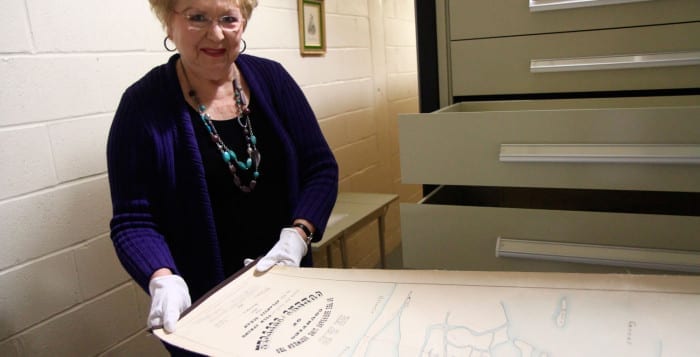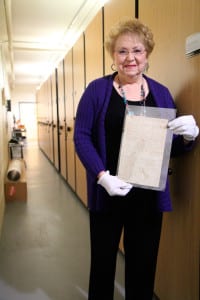Northport residents will officially have a chance to reduce the size of the Northport-East Northport Board of Education this spring.
The board passed a resolution at Thursday night’s meeting that will add a proposition to the budget vote this spring to decrease the membership of the board from nine trustees to seven.
The United Taxpayers of Northport-East Northport came to the board with a petition in June saying that nine members have made the board less effective.
In their petition the United Taxpayers stated “statistical and anecdotal evidence strongly suggests that school districts operate in a more effective and efficient manner when the composition of the board is limited to no more than seven board members.”
Armand D’Accordo, a member of the group, backed up its sentiment.
“I have gotten the sense at board meetings — both through watching and interacting — that it seems a bit dysfunctional, due to the makeup of how many members and how long they’ve been around,” D’Accordo said in a previous interview.
He also said the organization became interested in this idea after reading a study by Nina Dorata, titled “School District Boards, Audit Committees, and Budget Oversight: Seeking a Formula for Good Governance,” published in the March 2013 issue of the CPA Journal, which exposed the correlation between school district budget increases and tenure of board members.
“I do feel confident in the public,” D’Accordo said of the resolution passing. “There is a general sense I have been getting while collecting signatures for this petition that the public wants a smaller school board.”
Trustees have said they do not think this is a necessary step.
“We have a large and diverse community with a lot of different areas to represent,” Vice President David Badanes said in a previous interview. “The more people that participate gives you more eyes for each issue. The statistics are speculative and so far the arguments do not convince me.”
After the vote, Trustee Jennifer Thompson asked if the district would be held responsible to inform the public on this issue.
“Since this proposition came from the community and not the board or the district, how will the community be informed of the pros and cons of it?” she asked at the meeting. “Who is responsible for disseminating that information?”
Trustee Lori McCue suggested that at one of the upcoming budget meetings, the board give the factual information, and discuss how, if this proposition is successful, the members would be dwindles down from nine to seven.

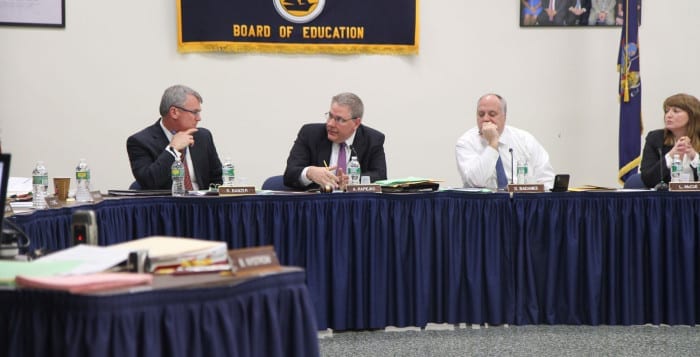



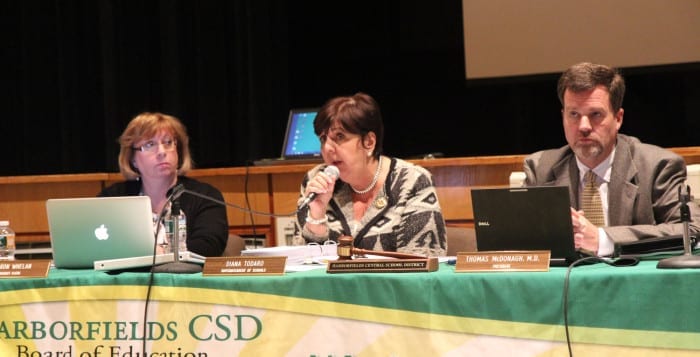
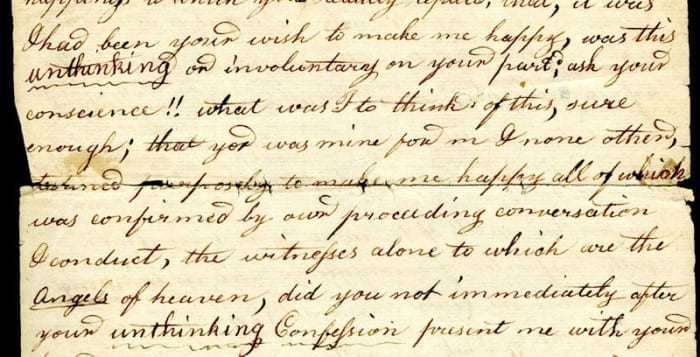
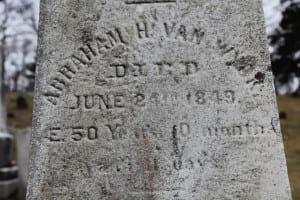
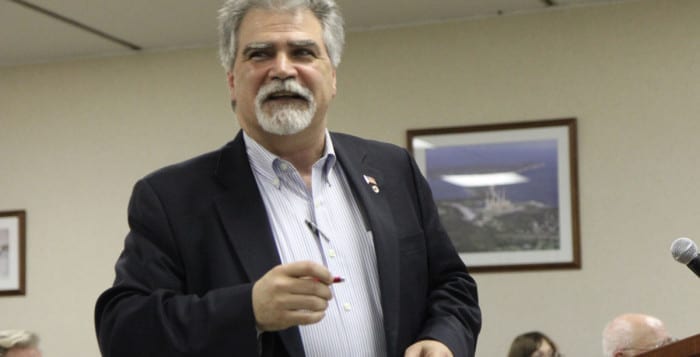


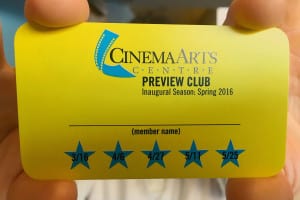 There is a maximum of 270 members allowed in the club, and Raj Tawney, director of publicity and promotions at the Cinema Arts Centre, said the club already has about one hundred members after just announcing the program last week.
There is a maximum of 270 members allowed in the club, and Raj Tawney, director of publicity and promotions at the Cinema Arts Centre, said the club already has about one hundred members after just announcing the program last week.
